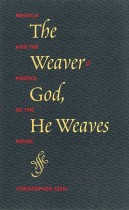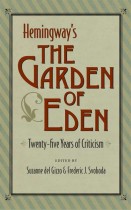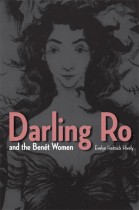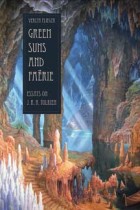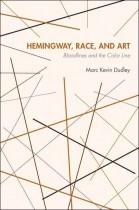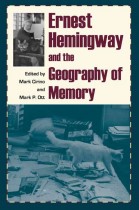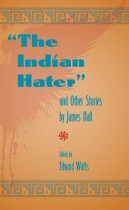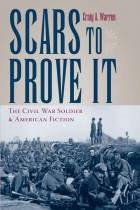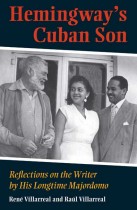The Collected Stories of Ray Bradbury
William F. Touponce and Jonathan R. Eller | Filed under: Literature & Literary Criticism, Science Fiction and Fantasy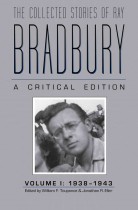
In the past, collections of Bradbury’s works have juxtaposed stories with no indication as to the different time periods in which they were written. Even the mid- and late-career collections that Bradbury himself compiled contained stories that were written much earlier—a situation that has given rise to misconceptions about the origins of the stories themselves. In this new edition, editors William F. Touponce and Jonathan R. Eller present for the first time the stories of Ray Bradbury in the order in which they were written. Moreover, they use texts that reflect Bradbury’s earliest settled intention for each tale. By examining his relationships with his agent, editor, and publisher, Touponce and Eller’s textual commentaries document the transformation of the stories—and Bradbury’s creative understanding of genre fiction—from their original forms to the versions known and loved today.

